
Microwaves have become an essential part of modern-day kitchens. These handy appliances make heating up food easy and quick. But what do you do when your microwave suddenly stops working?
Before you start thinking about replacing your microwave, it’s essential to look at the reasons why it stopped working in the first place.
In this post, we’ll explore several reasons why your microwave may not be working and how you can fix it.
Faulty Power Supply
If your microwave is not turning on, a faulty power supply could be the problem. Check the power outlet with another appliance to verify the power flows from the outlet.
If the outlet works well, and the microwave still isn’t turning on, the issue could be with the cord, control board, or the power supply transformer. Most of the time, these issues need to be addressed by a microwave repair technician.
Over time, the power cord can get damaged or frayed, which can interfere with the microwave’s ability to draw power. If the microwave is not turning on at all, it could be a sign that there’s an issue with the power cord.
Inspecting the cord for any visible damage and checking whether the microwave works when plugged into a different outlet is recommended.
If the power cord appears to be damaged or changing outlets doesn’t fix the problem, it’s likely that it needs to be replaced. As with other repairs, this should be done by a microwave repair professional to ensure safety and proper installation.
Faulty Door Switch
The door switch of a microwave is a safety feature that keeps the microwave from running when the door is open. It’s a mechanism that detects whether the door is closed properly.
If this switch is faulty, the microwave might think the door is open even when it’s not and refuse to run.
This issue usually requires replacing the door switch, which should be done by a professional to ensure it’s installed correctly.
Broken Touchpad
The touchpad or control panel is essentially the “brain” of your microwave. It’s where you input all of your cooking settings and commands.
If it’s not working properly, you might find that certain buttons don’t respond or the microwave doesn’t follow the commands you input. In some cases, this could be due to a software issue, and resetting the microwave might fix it. Consult your microwave manual for instructions on how to do this.
However, if the problem persists, the touchpad might need to be replaced.
Broken Turntable Motor
The turntable motor powers the rotation of the plate inside your microwave. This rotation is important because it helps distribute heat evenly to the food.
If the motor is broken, the plate won’t rotate, resulting in uneven heating or cold spots in your food. You might notice that the turntable isn’t spinning as it should, or you might hear unusual noises from the bottom of the microwave.
If the motor is damaged, it will need to be replaced by a professional.
Broken Fan
A microwave fan is designed to force cool air over hot components to prevent them from overheating. It’s crucial for maintaining the temperature balance within the appliance and ensuring its longevity.
Additionally, many microwaves have a venting function that enables the extraction of toxins and smoke, filtering and either recirculating them back into the kitchen or venting them outside the home.
If your microwave fan stops working, it could lead to the appliance overheating and eventually breaking down.
One sign of a malfunctioning fan may be the microwave getting excessively hot. Another sign could be a lack of airflow from the vents, indicating that the fan isn’t doing its job of circulating air.
Repairing a microwave fan requires some technical knowledge, so consulting with a professional is recommended.
That said, if the issue is due to a clogged charcoal filter (often used in over-the-range microwaves to absorb smells and pollutants from heating food), you can usually replace this part yourself. Over time, these filters can become congested with pollutants, impacting the fan’s performance.
Blown Fuse
A microwave has several fuses, which are safety devices designed to protect the microwave’s electrical components from power surges or overheating.
If a fuse blows, it cuts off power to the microwave, causing it to stop working. This can occur due to a sudden surge in electricity or if the microwave gets too hot.
Replacing a blown fuse should be done by a professional, as it can be dangerous and requires knowledge of electrical systems.
Worn Out Thermal Fuse
The microwave’s thermal fuse is a safety device that cuts off power to the microwave if it detects that the unit is overheating. This can prevent fires and other serious damage.
If the thermal fuse is worn out or faulty, it might cut power to the microwave even when it’s not overheating, causing the microwave to stop working.
Alternatively, if the fuse doesn’t work properly and doesn’t cut power when it should, the microwave could overheat and become a fire hazard.
If you suspect an issue with the thermal fuse, it’s best to have it assessed and replaced by a professional.
Failed Magnetron
The magnetron is the component of the microwave that generates the microwaves used to heat your food.
When it fails, your microwave will still turn on and appear to work, but it won’t heat anything. This can be caused by normal use over time or by running the microwave on a high setting for an extended period of time.
Replacing a magnetron is a complex and dangerous job that should be done by a professional.
Disintegrated Capacitor
The capacitor is a device that stores energy within the microwave’s electrical circuit.
When it stops working correctly, it won’t discharge its stored energy to the rest of the microwave. This can either cause no heat or no power to the unit.
And like most other parts, a broken capacitor cannot be fixed, and a professional technician must replace it.
Summary
If your microwave isn’t working, it can be a frustrating experience, especially when it happens mid-meal prep.
In this post, we’ve explored several reasons why your microwave may not be working, such as faulty power supply, failed door switch, defective magnetron, broken diode, and disintegrated capacitor.
Before rushing to replace your microwave, try to assess the problem yourself, but remember to call in a professional to do any repairs.
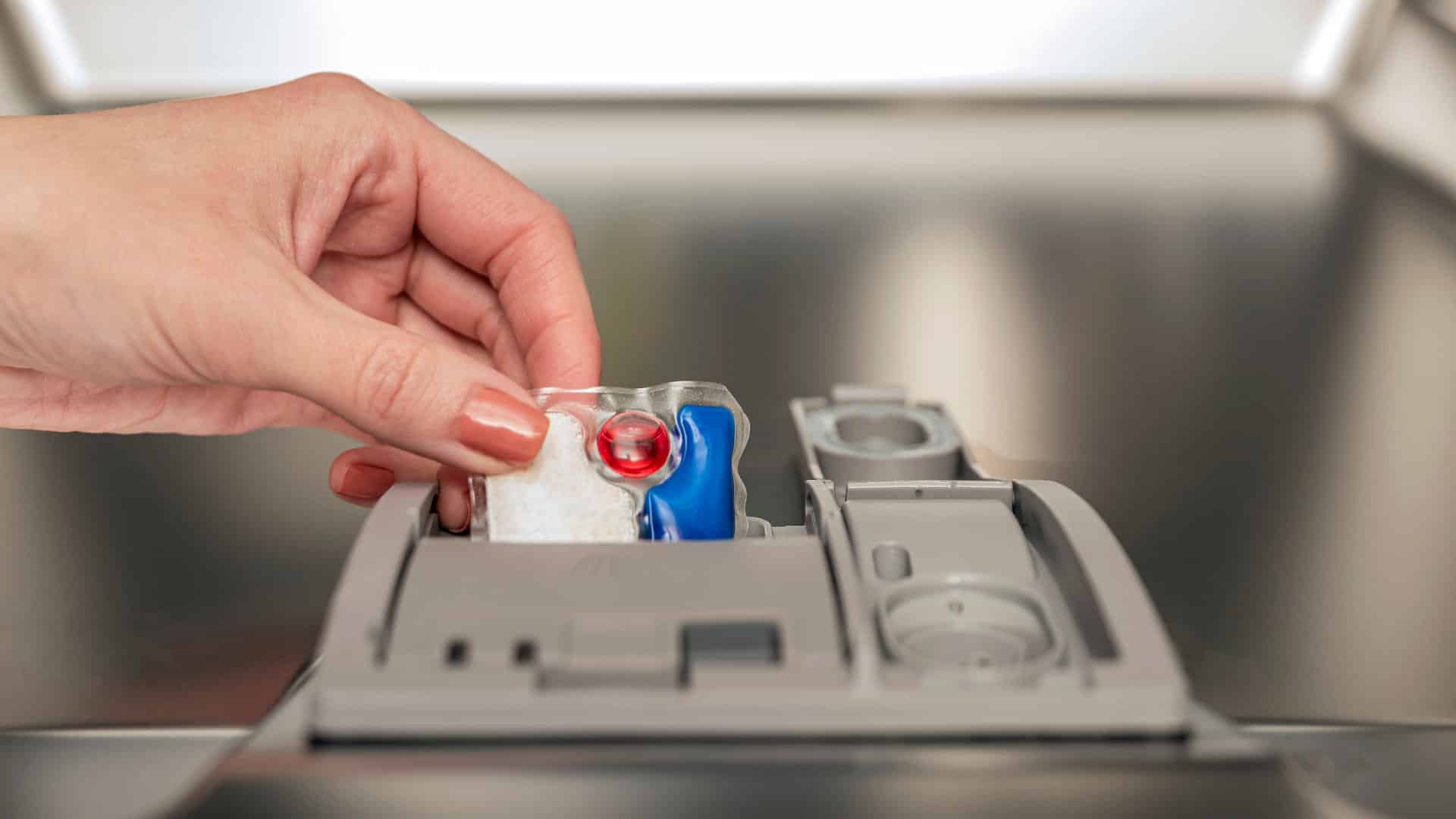
How to Clear E24 Error on Bosch Dishwasher

Samsung Dryer Not Heating Properly? (5 Fixes)
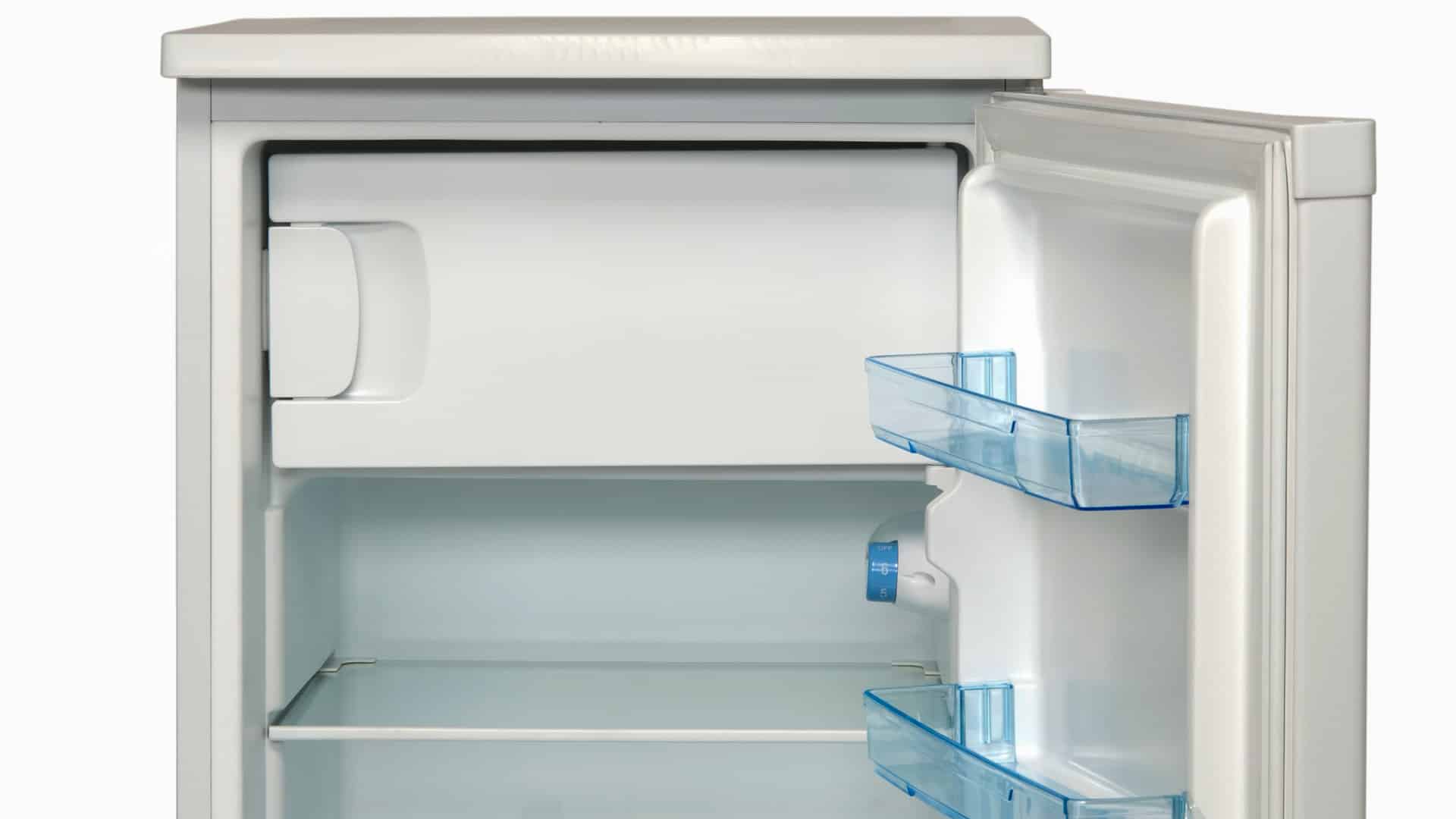
Why Is Your Mini Fridge Not Cooling? (5 Potential Reasons)
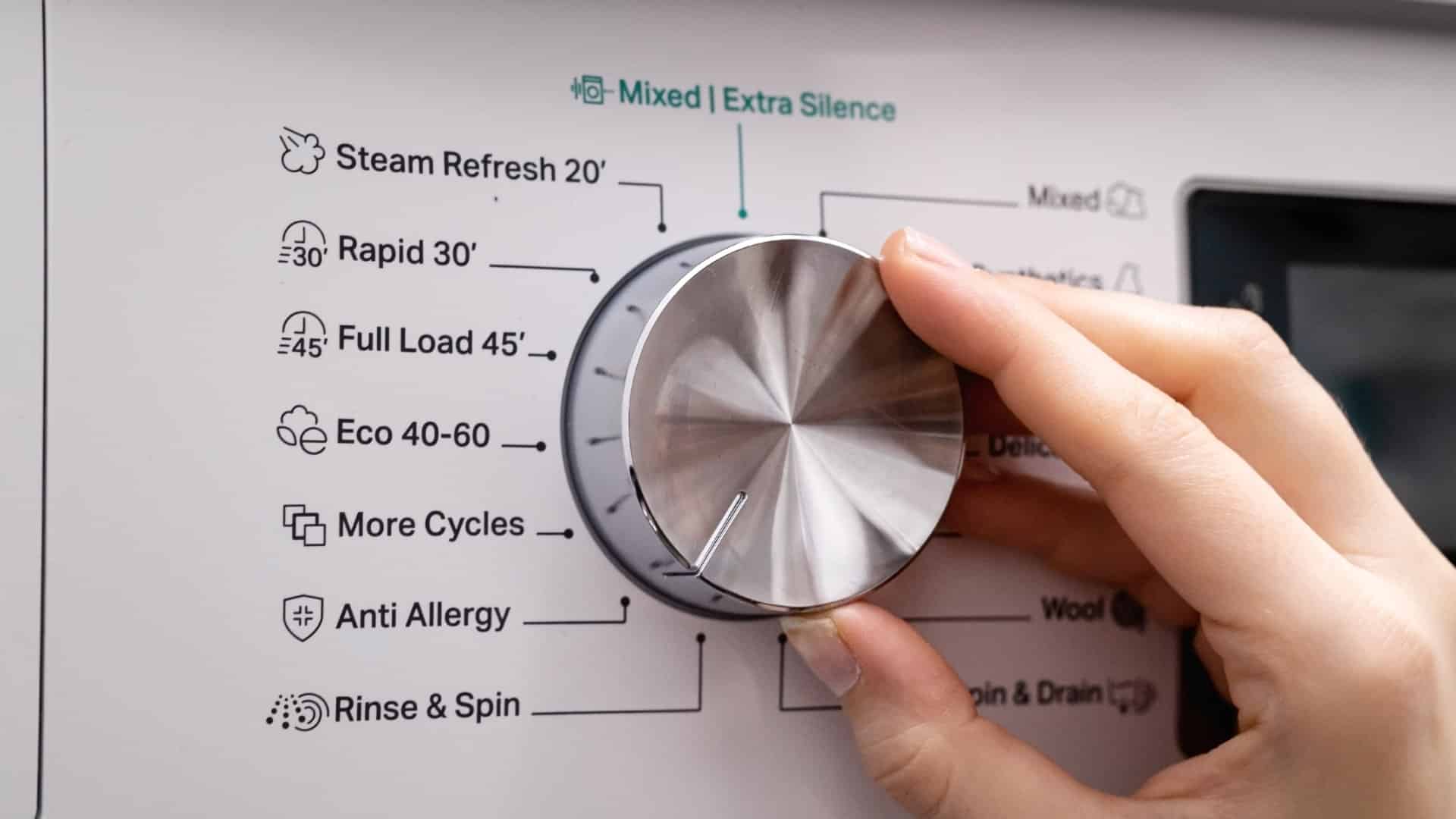
How to Fix Samsung Washer Error Code 4C
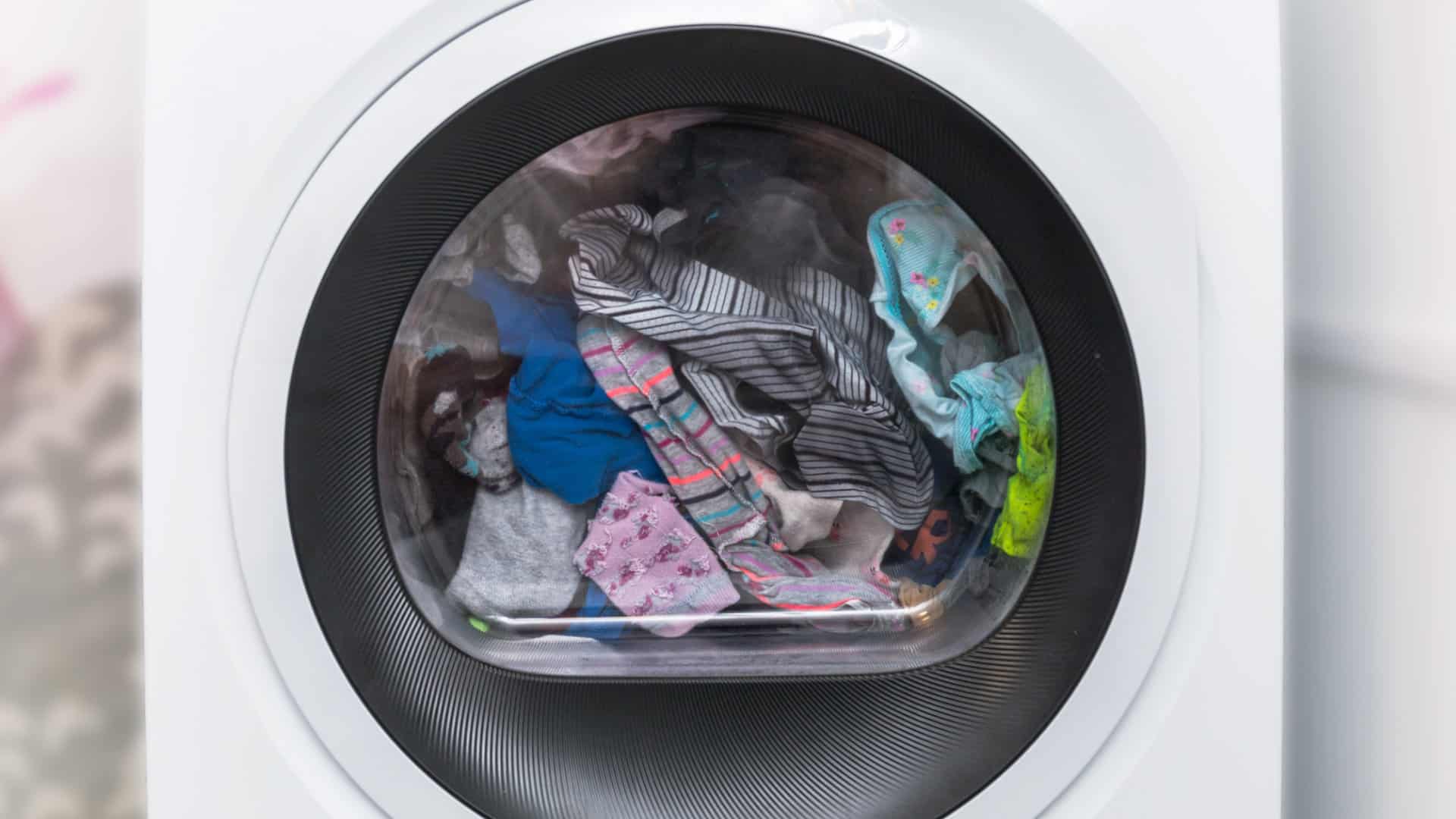
How to Resolve UE Error Code on your LG Washer
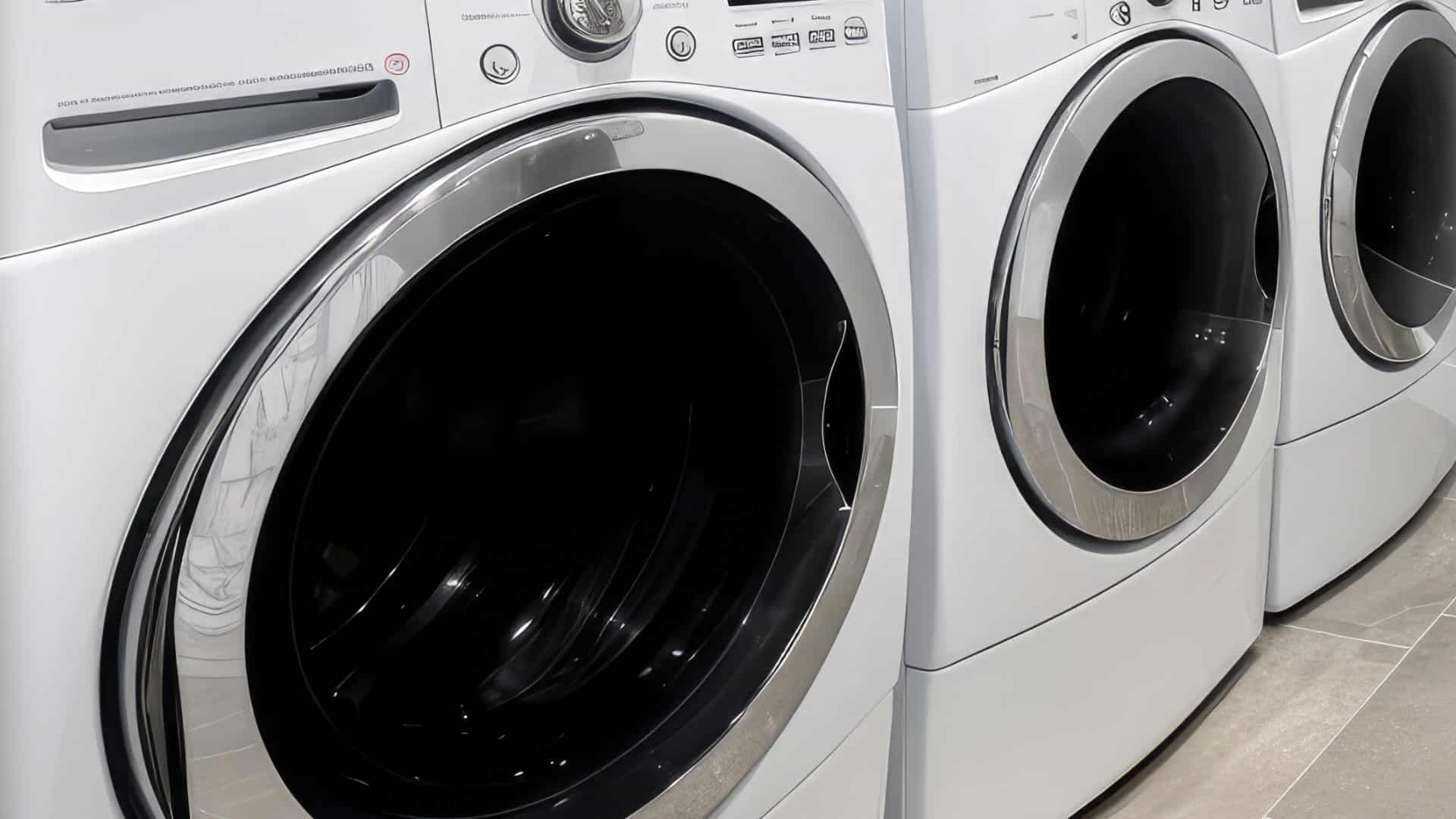
LG Washing Machine Error Codes: How to Fix Them
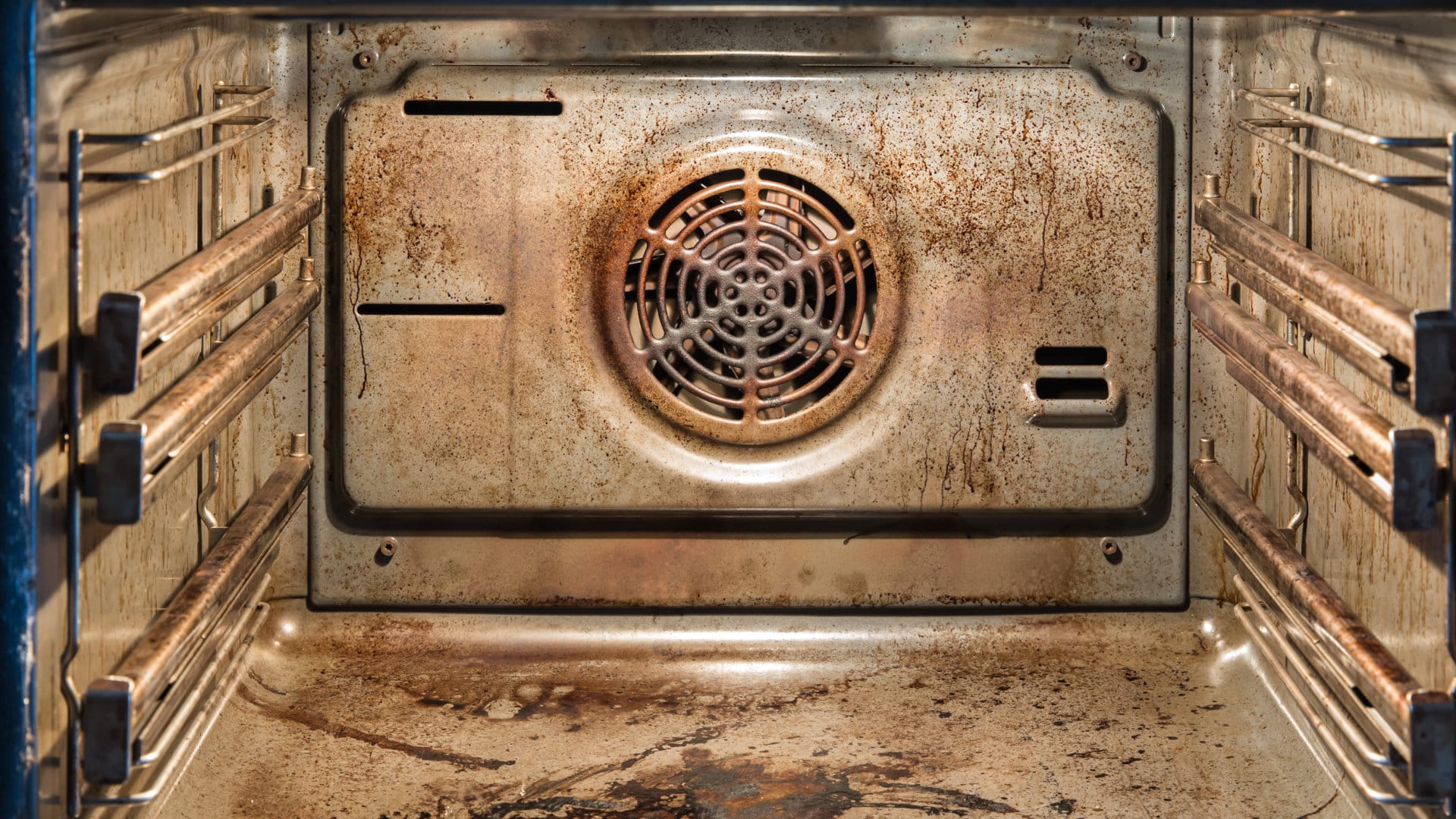
How to Unlock LG Oven Door (After Self-Cleaning)
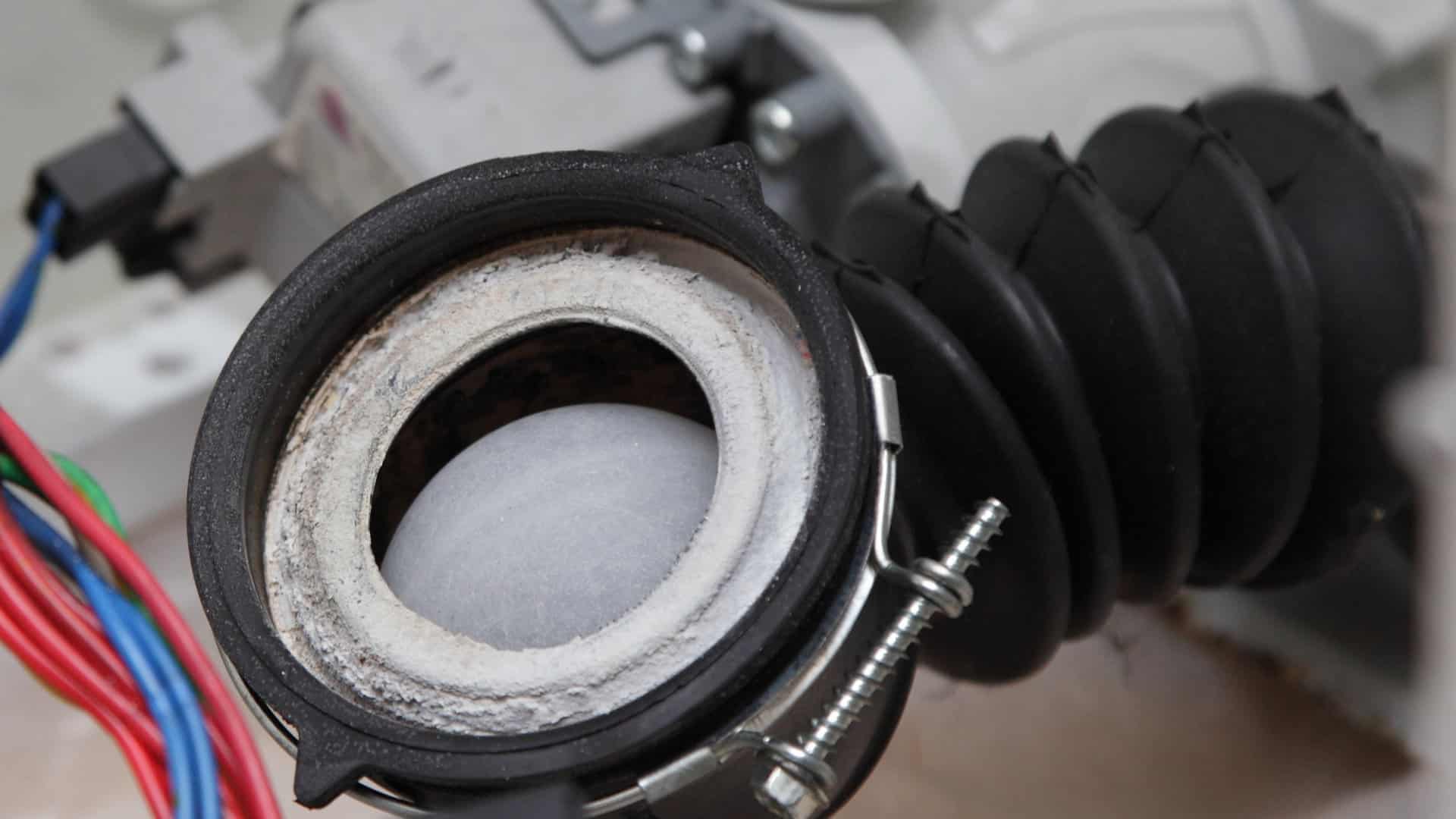
How to Fix LG Washer DE Error Code

Why Your Microwave Is Not Working
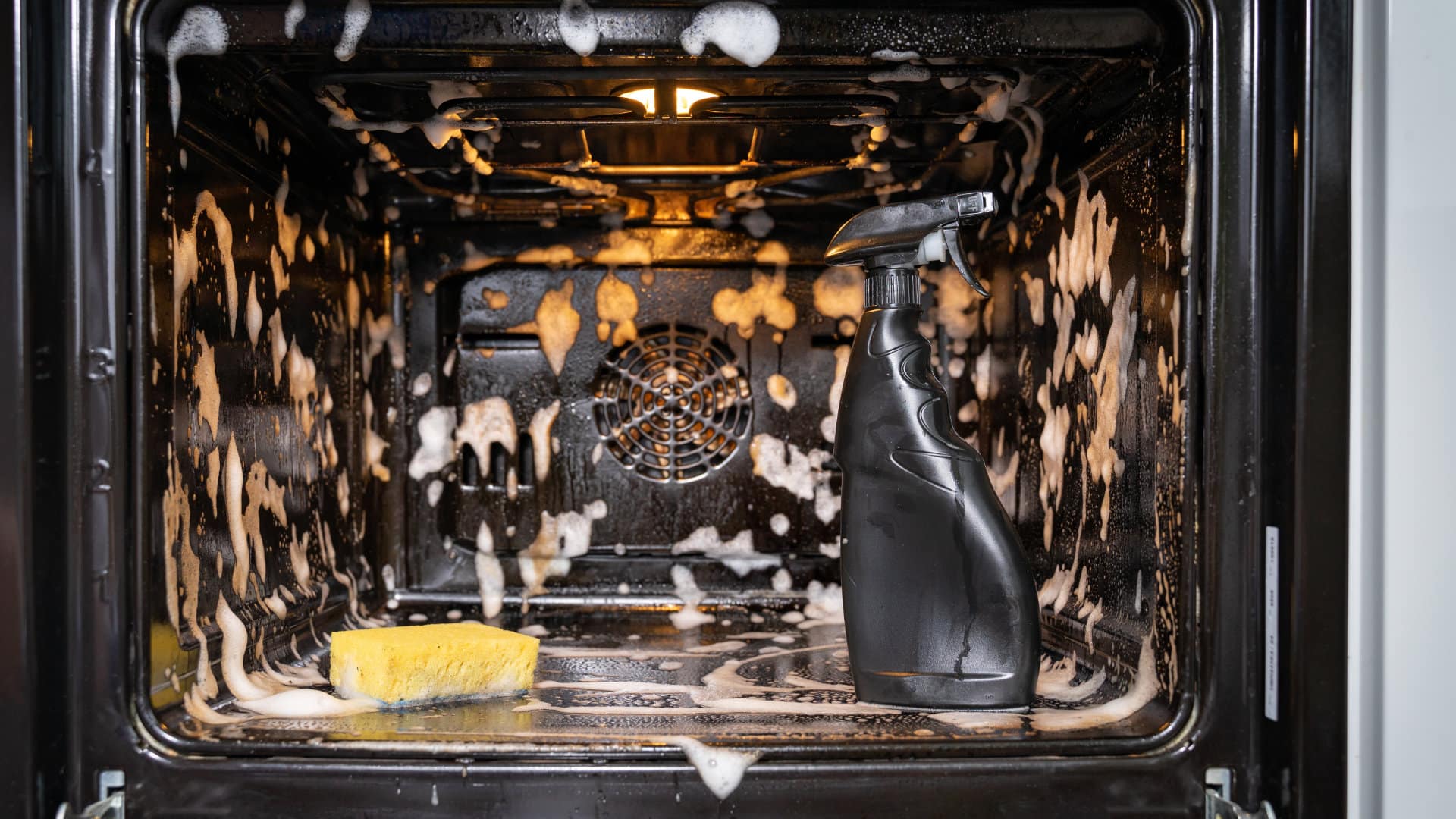
The Quick Guide To Using a GE Self-Cleaning Oven

How to Clean Your Dishwasher with Vinegar

How to Fix a Noisy Refrigerator
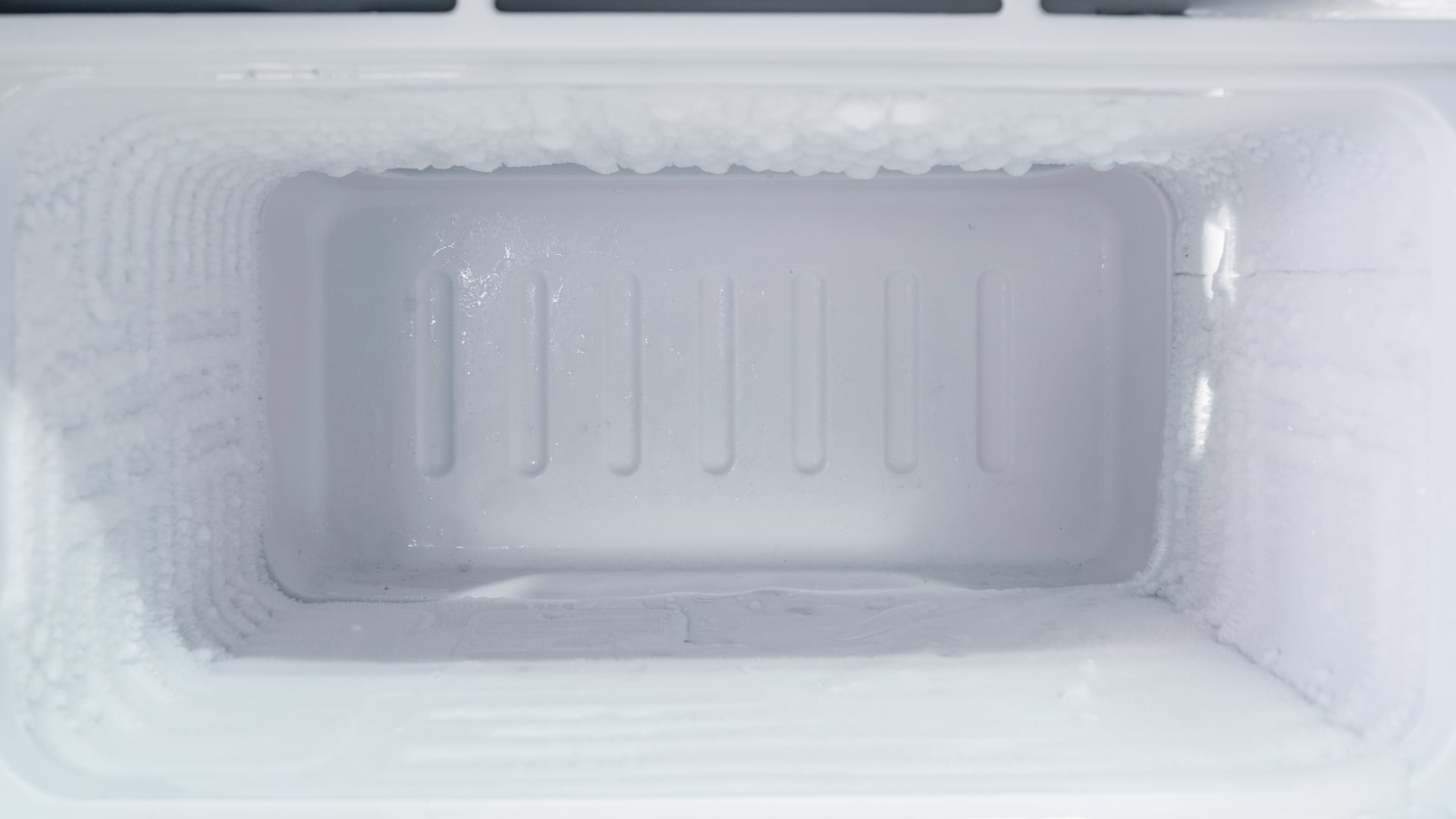
How to Remove Frost Build-up from the Freezer

5 Ways To Clean Your Microwave Naturally


